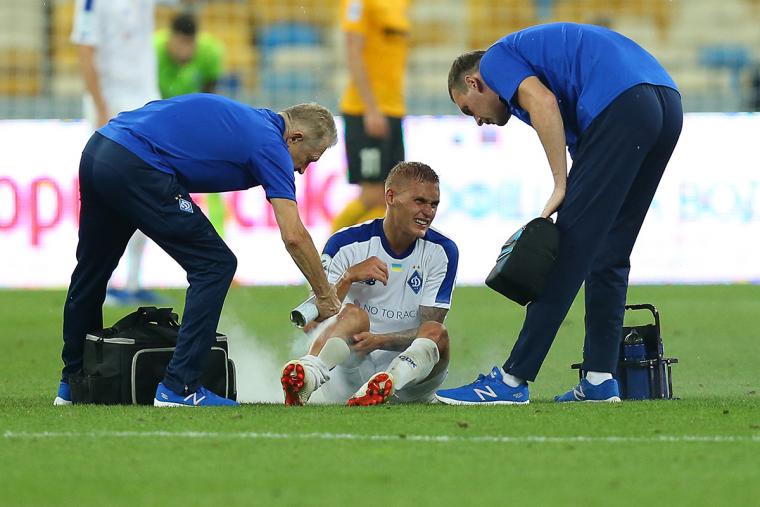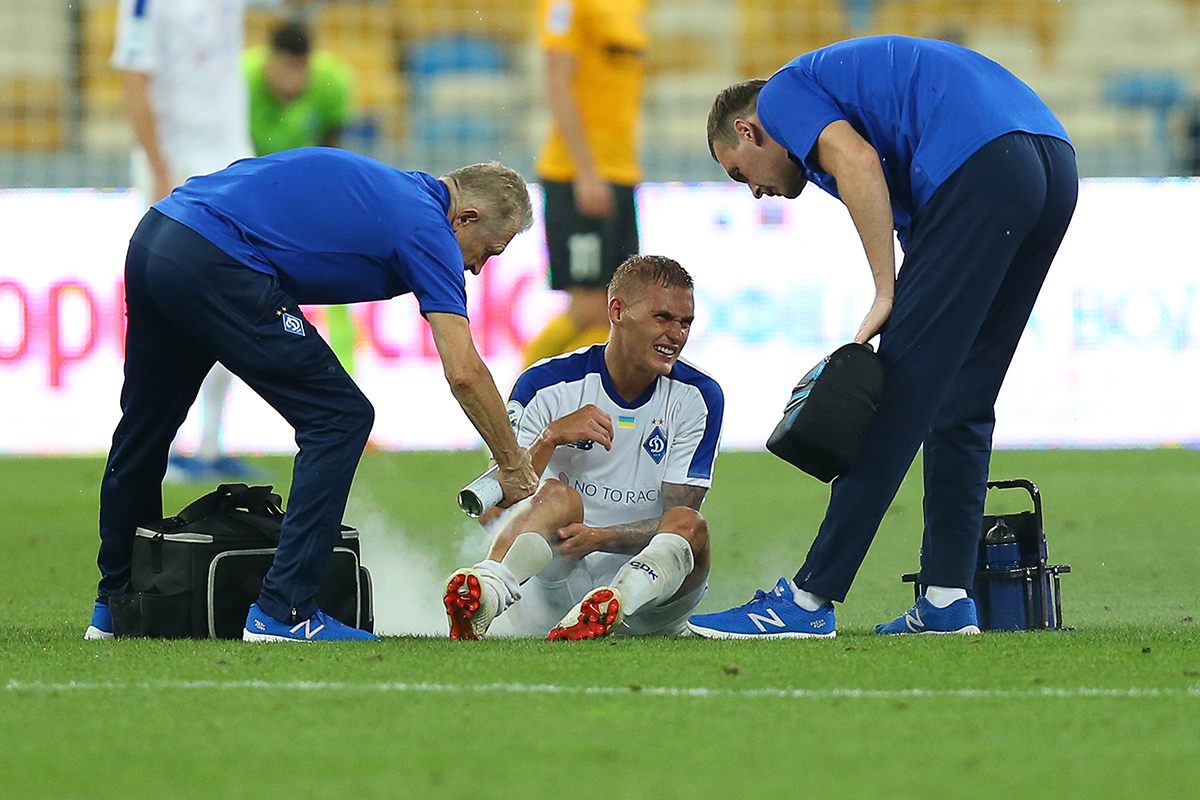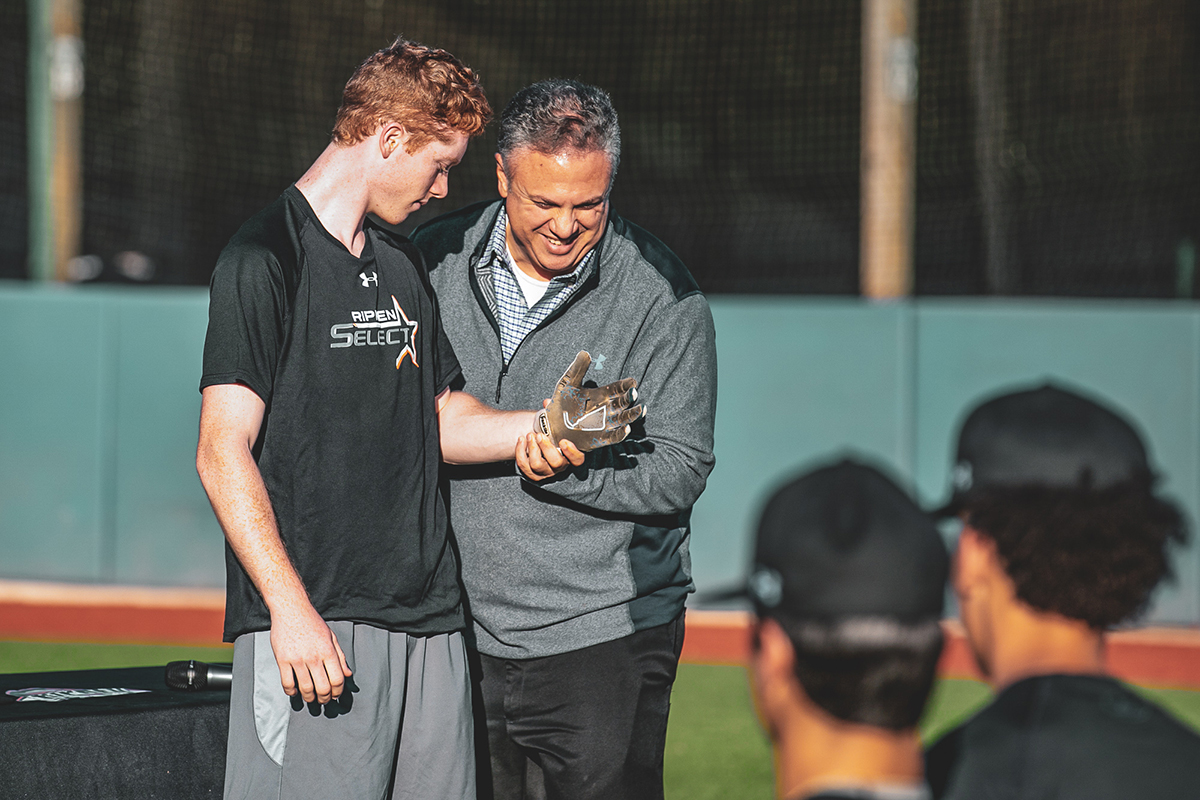

The decreased participation is occurring in the recreational sports/leagues where kids have played for “fun” and where society has pushed to increase adolescent activity levels to combat the 35 to 40 percent childhood obesity rate in the U.S. This decrease in participation is due in part to the ultra-competitive nature of youth sports, at the club “pay to play” level. This has led to increased pressure on kids for early specialization with a focus on a single sport and participating in the highest level in hopes of becoming the next big star. To do so takes financial support.
As a result, the youth sports world is a consumer-driven business. Families spend extensive time (missed work/school, travel time to event destinations, and multi-day tournament play every weekend) and money for their children to participate at this level. Because of this, they have a certain level of expectations to “get what they paid for” from these events. Parents desire high-quality facilities and accommodations, as well as a great customer service experience.
In addition, there is an expectation that their athlete and family will be “safe” and receive quality care in the event of an injury or illness, particularly in a geographically unfamiliar place. A catastrophic injury is the worst-case scenario. Having a trained and trusted professional who is familiar with the area to seamlessly carry out the necessary emergency action plan is critical. This allows a family to focus solely on their child and not about where to go and who to call during an already stressful situation.
Consequently, it is imperative that these venues and event owners partner with a credible medical organization to provide superior care and establish best practices when it comes to determining necessary healthcare services available during these events. This allows the two entities to be engaged in a collaborative relationship and work jointly to provide an exceptional athlete and fan customer experience, while sharing common missions and level of expectations.
 Be Prepared for a Variety of Patients
Be Prepared for a Variety of Patients
It is essential to remember that these events are attended not only by the athletes and coaches, but also an entourage of spectators. This may include younger/older siblings, parents, grandparents, and so on. As a result, there are many potential injuries and illnesses across this spectrum of age groups. Dealing with each of these populations presents their own unique circumstances and challenges. It is important to ensure venues have equipment, particularly emergency equipment, for all possible patients and situations.
Identify Needs and Appropriate Coverage
These decisions should be collaborative with the host facility and the medical provider. The host facility knows the ins and outs of day-to-day operations. Once that information is obtained, the medical provider can then implement best practices. All event operations staff should, at a minimum, be trained in basic CPR and AED use. The following questions should be considered in great detail:
What is the volume of people on the complex at any given time?
How many athletes are competing at the same time?
- Number of fields?
- Proximity of the fields?
- Type of sport event? Risk level? Contact vs. non-contact?
- What age are the participants?
- Is there an appropriate centralized location for medical home base or do you need multiple providers?
-
What medical professionals are needed and how many?
a. Athletic Trainers?
b. Physicians (on site or on call)?
c. EMS (on site or on call)? -
Establish relationship with local hospitals/urgent care:
a. Call ahead to minimize wait times
b. Understand what conditions they are or are/not comfortable taking - What emergency medical equipment is needed on site?
Develop a Detailed Emergency Action Plan
Having a well-established Emergency Action Plan (EAP) is essential to a robust medical coverage program at youth sporting venues. The adages, “always be prepared” and “you can never be too prepared,” are both appropriate in these situations. Planning should begin a minimum of two months in advance of the “season,” with additional planning for specialized unique events that may occur throughout the season. The EAP should be reviewed and documented with the entire staff every six months. It is important for all team members, both venue specific and medical, to be familiar with each other and identified roles prior to being placed in a high stress situation. In addition, the EAP should be reviewed and practiced in detail to ensure everyone is ready to respond appropriately and without incident during an emergency situation. The following information should be clearly outlined in your venue EAP.
- Address of complex/venue (satellite locations, if applicable)
- Complex/venue maps
- List of personnel, titles and updated contact information
-
Modes of communication throughout the complex between all venue staff and medical personnel
a. Point person on each field, a field official, to initiate activation of the Athletic Trainer in a multi-field complex
b. Change to a specified open channel on radios for clear uninterrupted communication in the event of an emergency - Modes of available transportation to respond to medical situations
-
6. Establish protocols for:
a. Activating EMS
b. Weather related emergencies, including heat and lightning - Clear established role delineations and chain of command for the above situations
- List of nearby hospitals and urgent care centers with contact information
- Standardized expectation of injury documentation, including a copy of the form
-
List of Emergency equipment on site and their location
a. AED
b. Rectal thermometer
c. Pulse Oximeter
d. Robust First Aid Kit or Fully stocked kit specific to a Staff Certified Athletic Trainer
Individual emergency situations and subsequent responses should be debriefed to determine what went well, what did not work as planned, and recommendations for changes, as needed. Additionally, the EAP should be reviewed at the end of the year with action plans set for pre-season planning for the following season.
Personal Touch
The ultimate customer experience begins and ends with providing a personalized experience. In youth sporting events, this means between venue and attendees, as well as, between venue and their medical partner.
An example of a longstanding relationship between a medical provider and a venue is the 10-year relationship with MedStar Sports Medicine’s athletic training team and The Ripken Experience Aberdeen (Maryland), one of three baseball and softball venues founded by Cal Ripken, Jr.
As part of the relationship, a certified medical professional evaluates all injuries that are reported. The response time is very quick due to engaged and trained field officials that convey injury information clearly and concisely as the athletic trainer is responding. The medical staff makes a point of following up with the athlete and their families throughout the duration of the tournament and stay connected as they return to play.
For participants in the local area, the athletic trainers facilitate referrals to sports medicine trained physicians and physical therapy. In the event of a significant injury, leading to immediate referral from the complex, the medical staff takes it one step further and follows up with the family after tournament completion. The tournament staff is kept abreast of significant injuries and they also follow up with the coaches at the end of the event to ensure players had a safe experience at the complex. SDM

